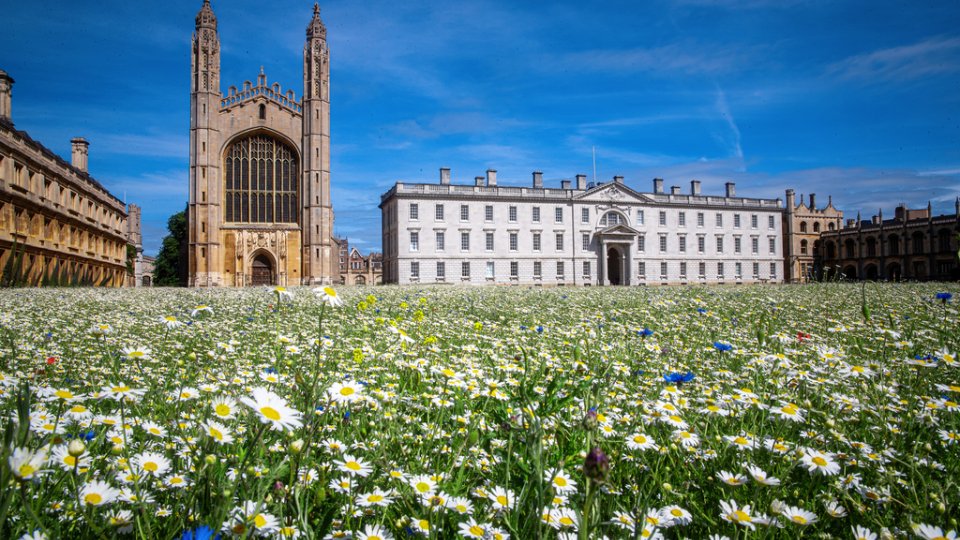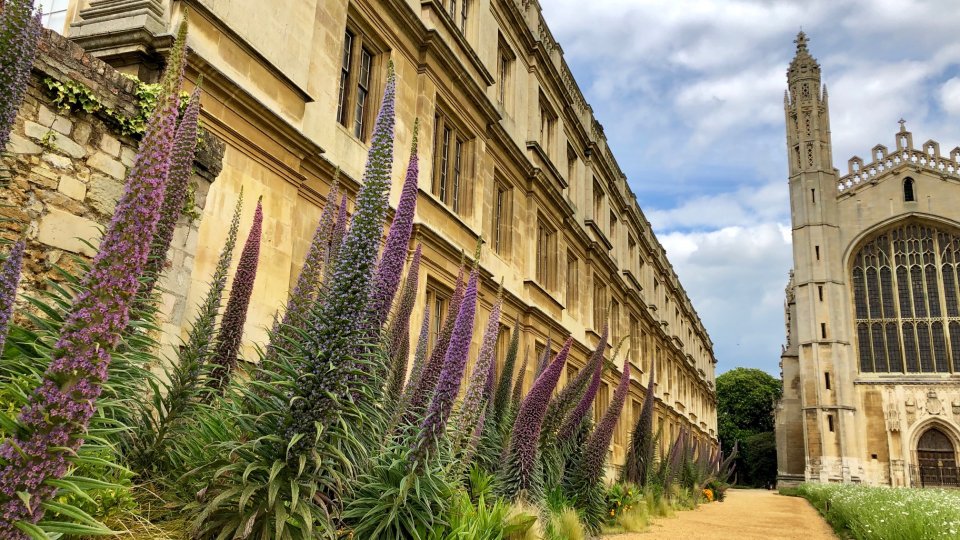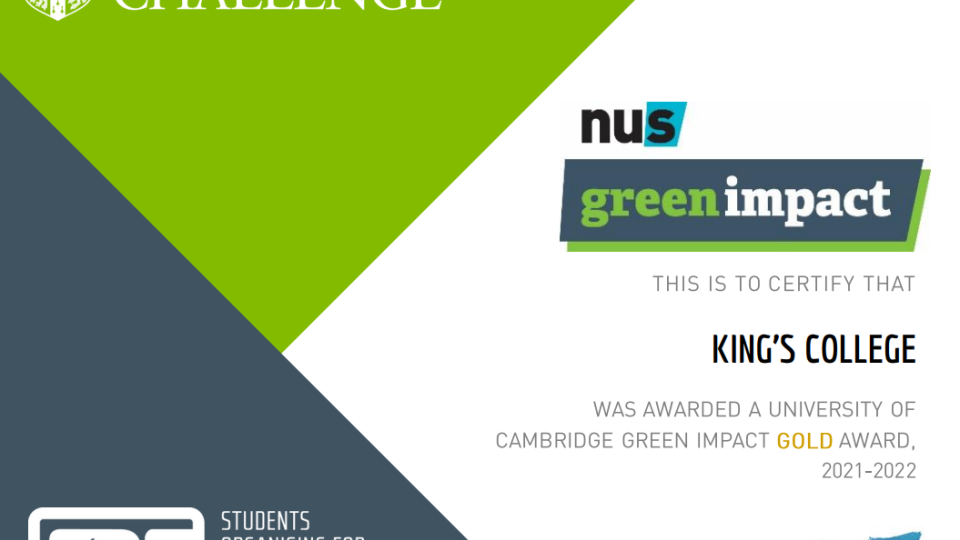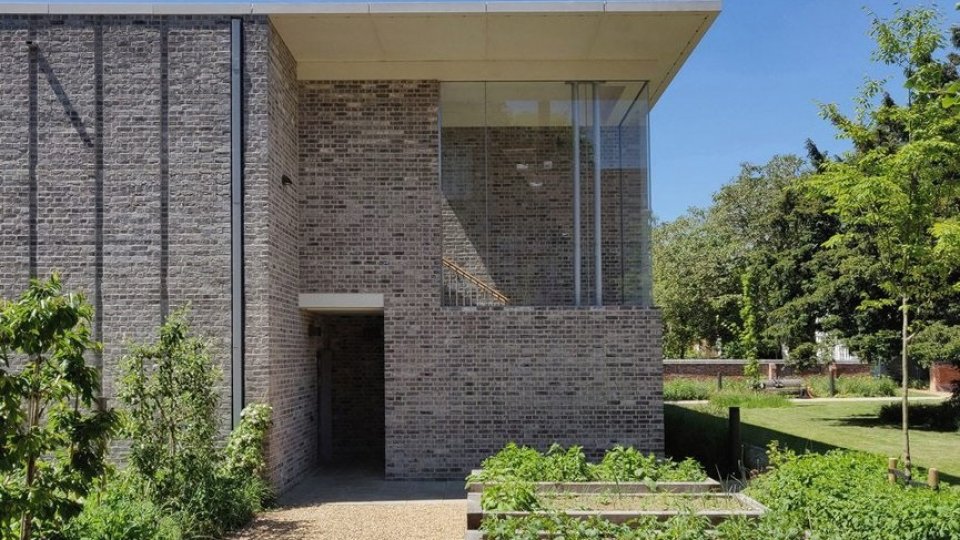Taking steps to mitigate the destruction of habitats, use of pesticides and changing patterns of farming can help arrest the sharp decline in pollinating insects and other wildlife. The King’s Beekeeping Society takes care of the upkeep of the College hives, performing regular inspections and ensuring the health of the bees, so that they can continue to carry out their vital role in fertilising plants and crops. We also encourage larger-bodied wildlife at King's through the provision of bird boxes, bat roosts and even an artificial holt along the Cam for otters to lay up and raise their cubs.
Beekeeping Society
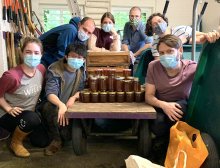
The King’s Beekeeping Society look after the College apiary, which currently consists of the two hives, both located at the back of Scholars’ Piece. The Society is responsible for the upkeep of the hives and the annual honey harvest, with around ten people needed every year to help with maintenance and inspections of the hives, in addition to two experienced beekeepers. The Society is always on the lookout for new volunteers, particularly graduate students who remain in College during the summer, so do get in touch if you'd be interested!
Otter Holt
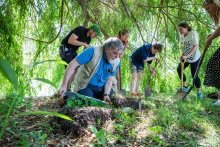
An artificial holt has been constructed on Scholars’ Piece to provide a bankside habitat for otters in the River Cam. The holt, built from recycled materials and with the help of local ecologist Cliff Carson, is expected to last for many decades and offer a secure place for otters to ‘lie-up’, especially for young mothers raising their cubs.
A national priority species for conservation, otters have been recorded in a number of locations along the River Cam and Bin Brook, and it’s thought likely that the species uses the area of the river along The Backs for foraging. However, the highly maintained nature of much of the bankside habitats means that a natural otter holt is unlikely to be present, and the species’ population along The Backs may be limited by this lack of holting opportunity.
Although it may take some years for the holt to be used, an infra-red video camera has been installed as part of the project in order to monitor activity and provide valuable information about otter behaviour and distribution across the county.
Research Fellow Cicely Marshall commented:
The Backs location is strategic for otters, providing a stepping stone between the upper and lower reaches of the Cam. Enhancing otter habitat at King’s provides an ecological link between the important habitat at Midsummer Common and Jesus Green to the north and Sheep’s Green and Coe Fen to the south. Being the least disturbed area and benefiting from tree shelter, Scholars’ Piece represents the ideal location for an artificial otter holt along this stretch of the river.
